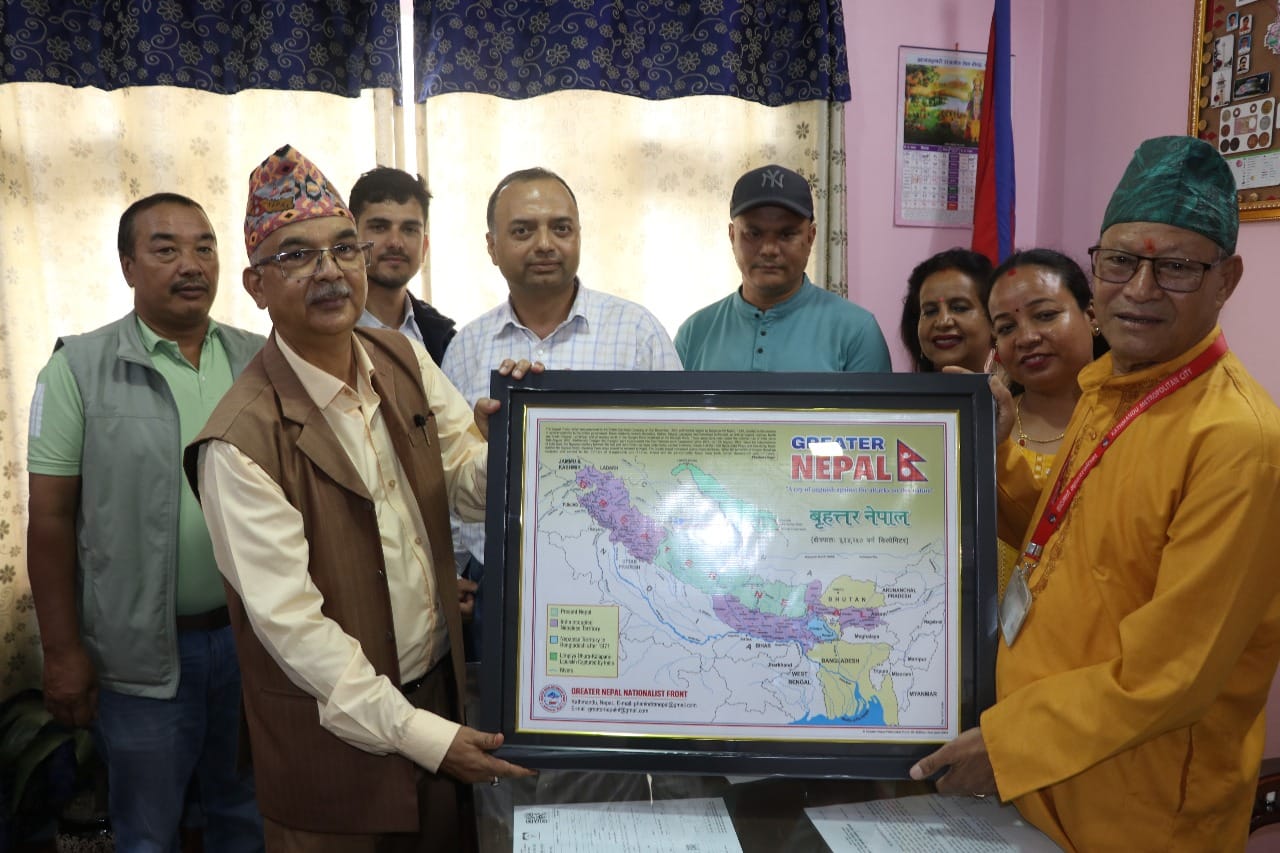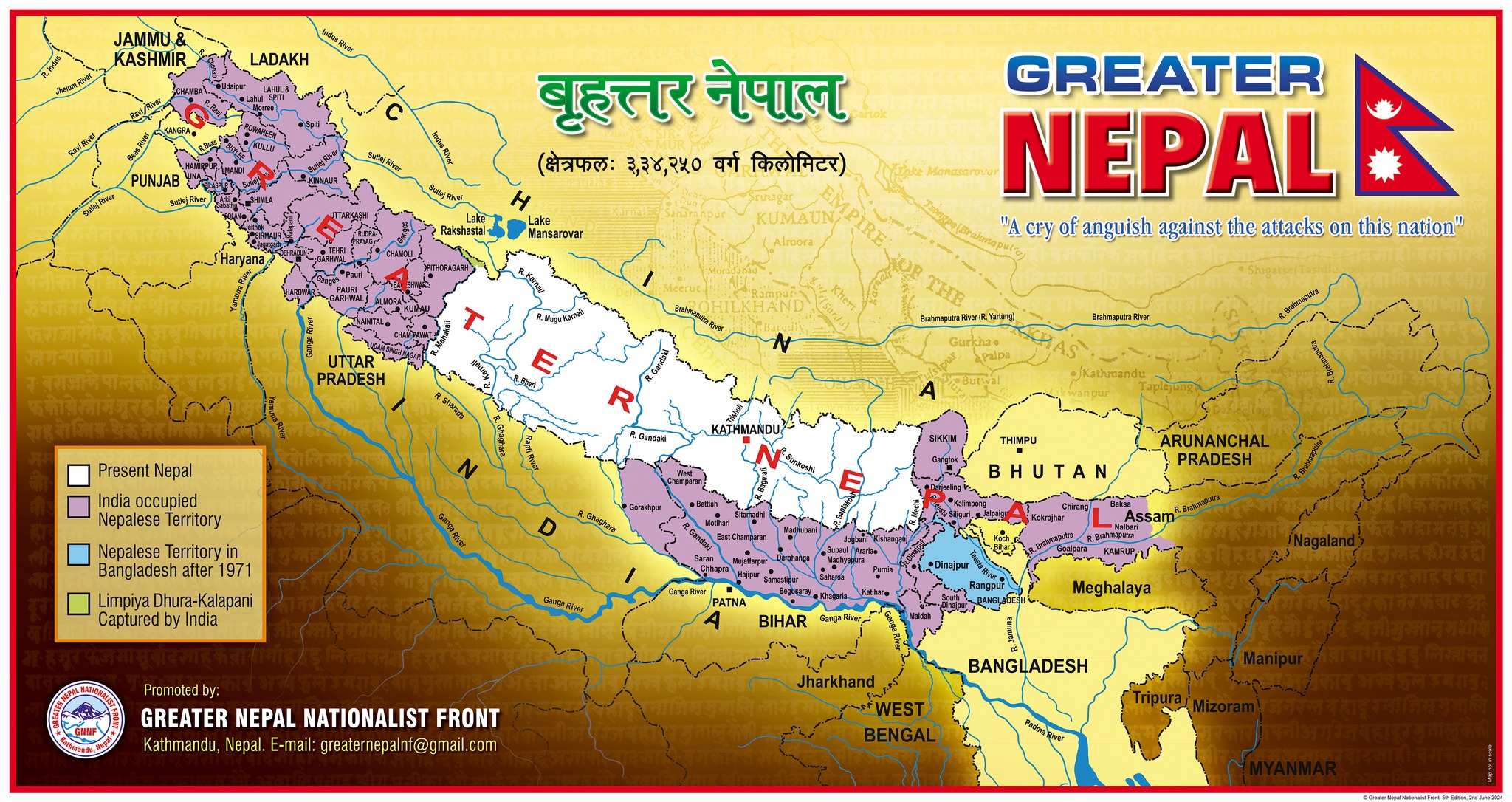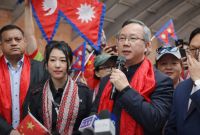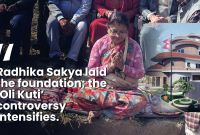Growth of Anti-Indian Sentiments in Nepal: A Historical and Contemporary Analysis

Recent allegations by Mukul Dhakal, former general secretary of the Rastriya Swatantra Party (RSP), have intensified discussions on anti-Indian sentiments in Nepal. Dhakal accused RSP chairman Rabi Lamichhane and party leader Swornim Wagle of proposing that Nepal become an Indian protectorate in exchange for Lamichhane being made Prime Minister. This claim, coming amidst heightened political activities in both Nepal and India, underscores a complex historical backdrop of fluctuating relations and growing anti-Indian sentiments in Nepal.
Historical Context of Anti-Indian Sentiments
Anti-Indian activities in Nepal are not a new phenomenon. The relationship between the two countries has been marked by periods of cooperation and tension. Historically, India's significant influence in Nepal's political and economic spheres has often been viewed with suspicion by various Nepali factions.
- 1950 Indo-Nepal Treaty of Peace and Friendship: This treaty, which allows for the free movement of people and goods and close collaboration on defense matters, has been a point of contention. Critics argue that it undermines Nepal’s sovereignty.
- 1989 Trade and Transit Dispute: The economic blockade imposed by India due to Nepal's procurement of Chinese arms led to severe shortages in Nepal, fueling anti-Indian sentiments.
- 2015 Economic Blockade: Following Nepal’s adoption of a new constitution, which India criticized for marginalizing certain ethnic groups, another blockade ensued. This blockade significantly affected Nepal's economy and was widely perceived as an attempt by India to exert undue influence, exacerbating anti-Indian feelings.
Recent Developments
The allegations by Dhakal are part of a broader trend of rising nationalism and skepticism towards India. This sentiment is reflected in several recent events and statements:

- Phadindra Nepal’s Greater Nepal Map: The chairman of the Greater Nepal Nationalist Front recently launched a map of Greater Nepal, which includes territories currently occupied by India. This act is seen as a direct challenge to India's territorial claims and has stirred nationalistic fervor in Nepal.
- Political Leaders and Anti-Indian Rhetoric: Nepali political leaders, including Rabi Lamichhane, have frequently made statements perceived as anti-Indian to galvanize domestic support. Lamichhane's alleged proposition to make Nepal an Indian protectorate, despite his lack of authority, adds another layer to this complex relationship.
External Influences and Diplomatic Concerns
Observers have noted that anti-Indian sentiments in Nepal are sometimes influenced by external powers, particularly China. There are accusations that both Phadindra Nepal and Mukul Dhakal may be swayed by Chinese interests, which seek to counterbalance India's influence in the region.
India's approach to addressing these sentiments involves regular diplomatic engagement with Nepal. As detailed in a 2012 response by the Indian Ministry of External Affairs, India maintains a high level of dialogue with Nepal on security issues through various bilateral mechanisms. The goal is to ensure that Nepal's territory is not used for activities against India.
Contemporary Case: Greater Nepal Nationalist Front

On June 2, 2024, the Greater Nepal Nationalist Front released a new map of Greater Nepal, showing a total area of 334,250 square kilometers. The new map includes territories up to the Brahmaputra River in the east and the Ravi River in the west. This was an expansion from the previously released map, which only extended from the Tista River to the Sutlej River, covering 204,917 square kilometers.
During the map's unveiling in Kathmandu, the Front's chairman, Phanindra Nepal, expressed confidence that he would see the return of all lost Nepali territories within his lifetime. He emphasized that the Greater Nepal campaign is not an anti-India movement but a nationalist movement for Nepal. Phanindra Nepal criticized past Nepali leaders for not taking steps to reclaim these lands, despite legal grounds established during the British colonial period, such as the 1816 Sugauli Treaty.
Phanindra Nepal further remarked on the historical oversight by both Indian and British historians regarding Nepal’s territorial claims and accused Nepali historians of failing to assert these claims. He compared Nepal’s situation to other regions reclaiming land, such as India with Goa and China with Macau and Hong Kong, questioning why Nepal could not do the same.
Conclusion
The growth of anti-Indian activities in Nepal is a multifaceted issue rooted in historical grievances, political maneuvering, and external influences. As Nepal navigates its national identity and sovereignty, its relationship with India remains a critical and sensitive aspect of its foreign policy. While the recent allegations by Mukul Dhakal add to the narrative of mistrust, they also highlight the need for continued dialogue and mutual understanding between the two nations. For Nepal, balancing its relationships with neighboring powers while addressing internal nationalist sentiments will be crucial in maintaining regional stability and fostering positive bilateral relations with India.
The contemporary example of the Greater Nepal Nationalist Front’s new map illustrates the ongoing nature of these sentiments and the challenges ahead. The Front's actions and rhetoric, alongside broader political and historical contexts, underscore the complexities of Nepal's nationalistic movements and their impact on Indo-Nepal relations.
Greater Nepal Phanindra Nepal Mukul Dhakal



![From Kathmandu to the World: How Excel Students Are Winning Big [Admission Open]](https://nepalaaja.com/img/70194/medium/excel-college-info-eng-nep-2342.jpg)
